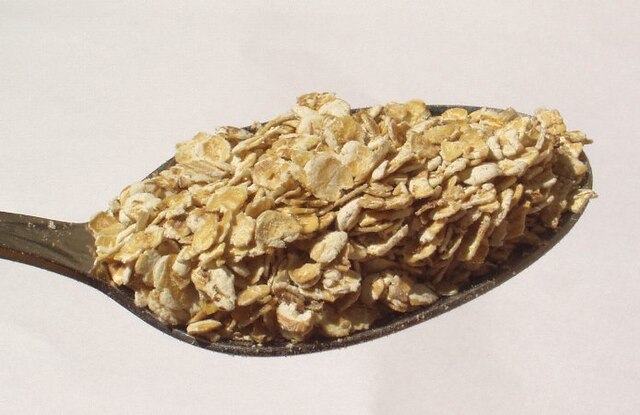Oats are a nutritious and versatile grain that can be a valuable addition to your diet. When choosing oats, it’s essential to consider your dietary needs and preferences. Here’s a guide to help you select the best oats for your specific requirements:
1. Steel-Cut Oats:
- Texture: Steel-cut oats are the least processed and have a dense, chewy texture.
- Cooking Time: They take the longest to cook, typically around 20-30 minutes.
- Nutrition: Steel-cut oats retain more of their bran and germ, making them a good source of fiber, vitamins, and minerals.
- Suitable For: Those who prefer a hearty and chewy texture in their oatmeal and don’t mind the longer cooking time.
2. Rolled Oats (Old-Fashioned Oats):
- Texture: Rolled oats are flatter and softer in texture compared to steel-cut oats.

- Cooking Time: They cook faster than steel-cut oats, usually within 5-10 minutes.
- Nutrition: They retain a good amount of fiber and nutrients and are often considered a healthy choice.
- Suitable For: A wide range of uses, including oatmeal, baking, and as a topping for yogurt.
3. Quick Oats:
- Texture: Quick oats are rolled oats that have been chopped into smaller pieces.
- Cooking Time: They have the shortest cooking time, usually about 1-5 minutes.
- Nutrition: They are slightly lower in fiber than regular rolled oats but still offer nutritional value.
- Suitable For: Individuals looking for convenience and a quicker cooking time, often used in microwave oatmeal.
4. Instant Oats:
- Texture: Instant oats are pre-cooked and typically processed the most, resulting in a very soft texture.
- Cooking Time: They are the fastest to prepare, usually requiring only boiling water or a few minutes in the microwave.
- Nutrition: They are the most processed and may have slightly less fiber and nutrients compared to other oats.
- Suitable For: People seeking the utmost convenience and the quickest breakfast option.
5. Oat Flour:
- Texture: Oat flour is finely ground oats, resulting in a powdery texture.
- Cooking Time: Oat flour is not used for cooking as oatmeal but is a versatile ingredient for baking and thickening recipes.
- Nutrition: It retains the nutritional value of oats, and it’s gluten-free if labeled as such.
- Suitable For: Baking, making pancakes, waffles, and as a gluten-free thickening agent in recipes.
6. Gluten-Free Oats:
- Texture: These are oats that are specifically processed and certified as gluten-free to avoid cross-contamination with gluten-containing grains.
- Cooking Time: Gluten-free oats cook the same way as regular oats.
- Nutrition: They offer the same nutritional benefits as regular oats but are safe for those with celiac disease or gluten sensitivities.
- Suitable For: People who need to follow a gluten-free diet.
When choosing oats, consider your preferred texture, cooking time, and intended use. Rolled oats, both regular and quick, are popular choices due to their balance of texture and convenience. However, if you prefer a chewier texture or want to experiment with different recipes, steel-cut oats or oat flour may be the right choice for you. Additionally, if you have dietary restrictions, look for gluten-free oats to accommodate your needs.











